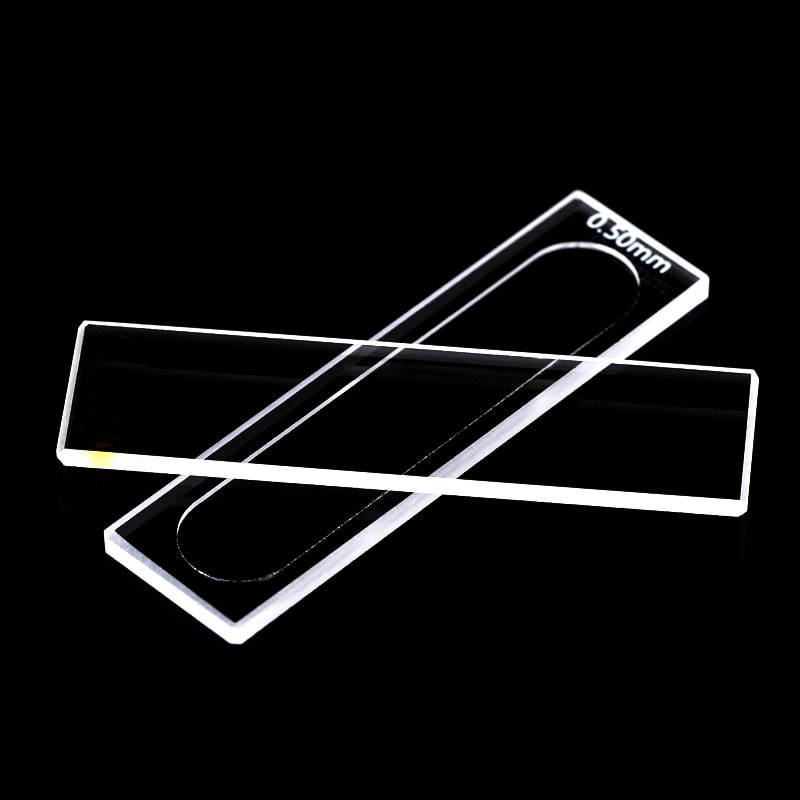The spectrotometry method, which exposes the secrets behind light transmittance and absorption in particular wavelengths, is an important method of discovery in science. Cuvettes form the vessel at its core, which contains samples to be examined. The cuvette is a compact container that might appear unassuming, but its design includes the length of the cuvette’s route and the choice of materials, are vital to getting accurate information about concentration and purity. Explore the fascinating world of cuvettes and their dimensions. They impact the outcomes of every experiment.
Power of Cuvette Path length
Imagine an light beam moving through a sample of liquid. What happens is dependent on the length of the cuvette, or the distance that the light travels. Many laboratories employ the standard cuvette that has one centimeter of path. This is the most ideal option for balancing practicality and sensitivity. Why is this important? The longer the path, the more light is absorbed and amplifies the signal in dilute samples. For concentrated solutions, such as the nucleic acid or protein, a shorter length of path could be a game changer. It eliminates the need to dilute, which is great for conserving precious samples while cutting down on the preparation time. What’s the key takeaway from this? Matching path length to sample needs is a subtle technique that improves reliability.

Image credit: cuvet.co
Cuvette Dimensions and Sizes More than meets the Eye
It’s not only about the volume of liquid you can fit inside the vessel, it’s equally about how the vessel is used by the spectrophotometer. Cuvettes come in a range of sizes and shapes, each tailored to specific requirements. Semi-micro cuvettes come in smaller sizes but have more robust walls. They are great for samples with small volumes. Thicker walls lessen the interior space, which allows light to pass through a condensed sample without wasting one drop. If you compare this to an ordinary cuvette and the result is striking that there are fewer steps to pipette less errors, and results that last. This is a clever tweak that proves size isn’t only a numerical value, it’s also a strategic factor.
The 1cm Path Length Cube A Lab Favourite
Why does the 1 cm path length cuvette reign supreme in so many experiments? It’s the ideal spot for biological experiments where every milliliter is important. This design is a classic and provides consistent absorbance readings without overwhelming the detector. This makes it the ideal choice for everything from DNA purity tests to enzyme assays. It’s not a panacea for all scenarios. It’s not a universal hero. Picking the right tool is crucial, and don’t just use the one you’re familiar with. A mismatched instrument is similar to a cuvette which isn’t well-matched.
Material Matters: More than Size and Path
Cuvette size is just one aspect of the problem. Materials selection makes a difference. Quartz and glass cuvettes shine for their exceptional transmission and allow light to flow through with no interference. They are strong, reusable and ideal for spectroscopy. On the flip side plastic cuvettes add value and convenience to the table. There’s no need to clean, and there’s no cross-contamination. Just take them out and throw away. For aqueous solutions or quick DNA and RNA tests, they’re hard to beat. The trade-offs? lower accuracy for certain wavelengths. It’s a classic case of objectively dictating the preference for quartz for the purists and plastic for the pragmatic.
Accuracy in Practice
Cuvettes are versatile and adaptable. Spacers in combination with shorter lengths of path allows the handling of samples that are concentrated and larger vessels are able to take on large quantities. Each choice of path length and size and the kind of material have a ripple effect on the research. This may affect the quality of the results. Think of a lab analysing a protein. A semimicro cuvette is a shorter path, which reduces the need for dilution and delivers reliable data faster. Compare that to a careless swap of cuvettes in the middle of an experiment and you’ll see the number of cuvettes drop. The smallest details have the greatest impact in spectrophotometry.
Cuvettes may be small, but their role is mighty. Cuvettes are available in a wide range of sizes, from the cuvette with 1cm length to ones that are custom made. They help bridge the gap between data and insight. If you’re looking for high-quality or even concentration, the correct cuvette will transform a weak measurement into a superior one.